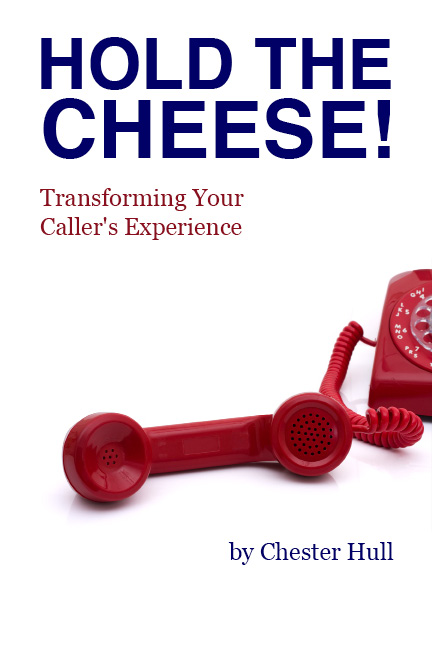Always Do an Assisted Transfer
I once called the credit card company to ask for a credit increase on my business credit card. The IVR (Interactive Voice Response) system easily walked me through the process of entering my account information, entering the amount of credit I was requesting, and entering income details. It then proceeded to ask me to wait while it transferred me to a representative.
I expected the representative to pick up right where the system left off, to complete the application, and to provide my results.
Boy was I disappointed in the caller experience! The phone system didn’t hand off any of my information. The representative answered the call as if I had just called in, and he had no idea that I was in the middle of a credit increase request. In fact, as I explained to him the process I had been walked through by the IVR, he sounded slightly amazed, as if he didn’t realize his phone system did that!
As I explained my story, he offered to put me through to the “Credit Increase Department,” which sounded promising to me.
The representative who answered the phone continued my disappointment with the company. She did not know my name, (which I had by now given twice), she did not know what I was calling about (which I had now given twice), and she did not have my account information (which I had now given…yep, you guessed it…two times!)
She offered to submit a request for me, and I proceeded to give her all my information (again).
I then asked about the company’s sixty day policy. You see, this credit card company has a policy that it will not raise a credit limit within sixty days of opening the account.
Now, this situation wouldn’t normally be a problem, except that my company had just moved from a credit card with one bank to this new card at a new bank. The new bank, in its infinite wisdom, decided that our business only needed a credit line that was 15 percent of our old card.
I asked whether there was someone I could speak to about authorizing an increase. I was told, “No, there isn’t, not within sixty days.”
I explained how this situation was making it quite difficult to run a small business. This company markets itself as the Small Business Solution…the one thing you need if you’re a small business. But then it made it incredibly difficult to do business with its company.
The representative did tell me that the soonest the company could offer an increase would be the 15th of December (which, ironically, was less than sixty days after the account was opened!), and suggested I call back then.
So how could this company have handled this situation better? Let’s count the ways:
- The IVR system could include a message about the sixty day policy.
- The IVR could complete the process without the hand-off to a representative
- The IVR could display my information to the rep, so he would be instantly up to speed on what my call was all about.
- The IVR could have transferred me directly to the Credit Increase Department since it already knew that’s what I wanted.
- The rep who did transfer me to the Credit Increase Department could have made an Assisted Transfer, passing along my story (and my name and account information) to the next representative.
- With a company policy in place that shackles her hands, this representative wasn’t going to be able to change a lot for me. However, rather than ask me to call back, she could offer to be proactive, take my information, and submit the request on the 15th, rather than make me start the process over again.
- The representative also could offer to contact me with the results or any questions at that time.
Any of these things would be an improvement on how this company handled my call. This incident may have cost them having my company as a client, and I know I’m not the only one who has had this experience!
So why should you care about my experience with some unnamed credit card bank?
Hundreds or thousands of customers and prospects are calling your business every week. Have you thought about what their caller experience is like and how you can improve it?
Just a few simple changes like these can make a world of difference in how your customers feel about your business. Don’t make it difficult to do business with you!

 Facebook
Facebook LinkedIn
LinkedIn Twitter
Twitter



